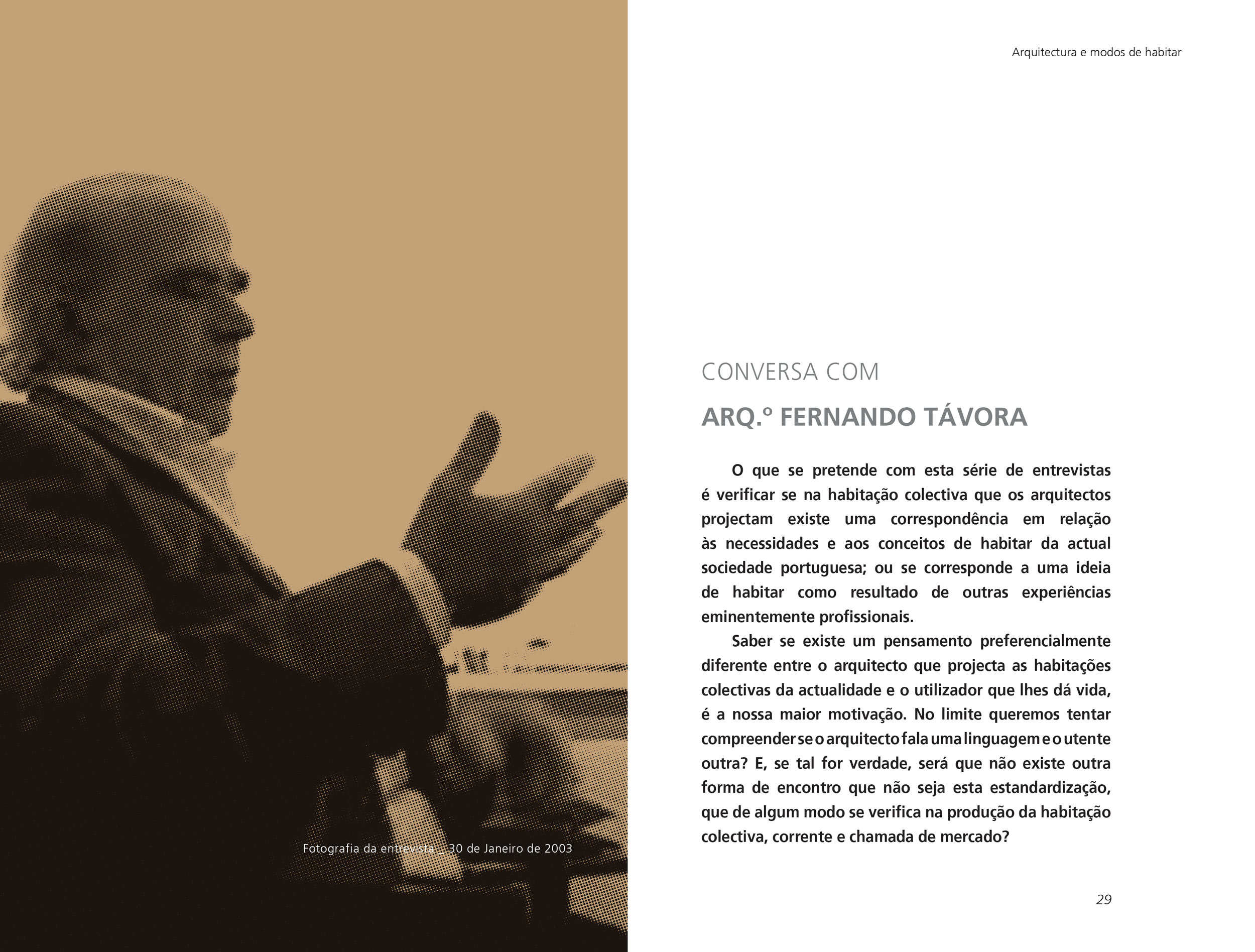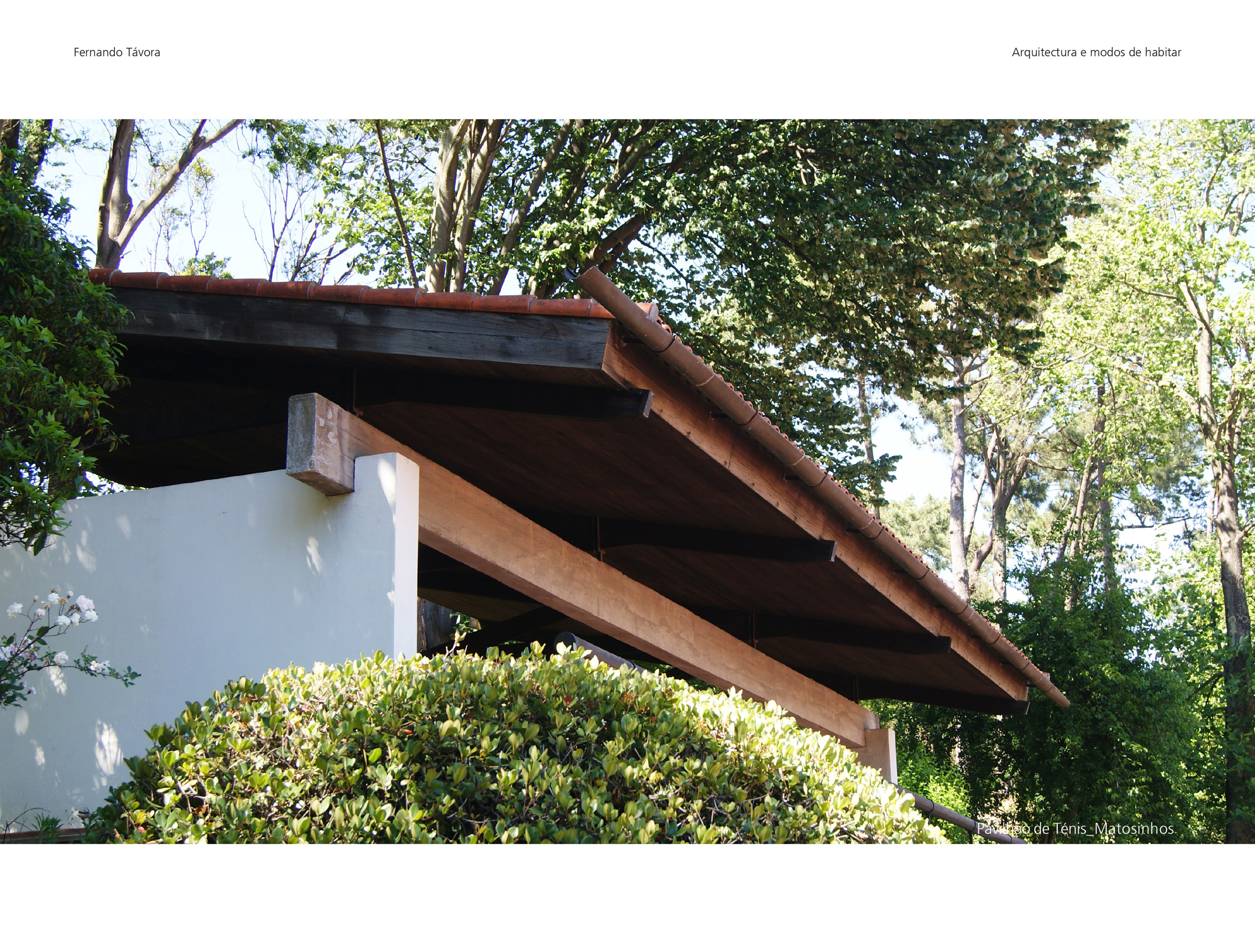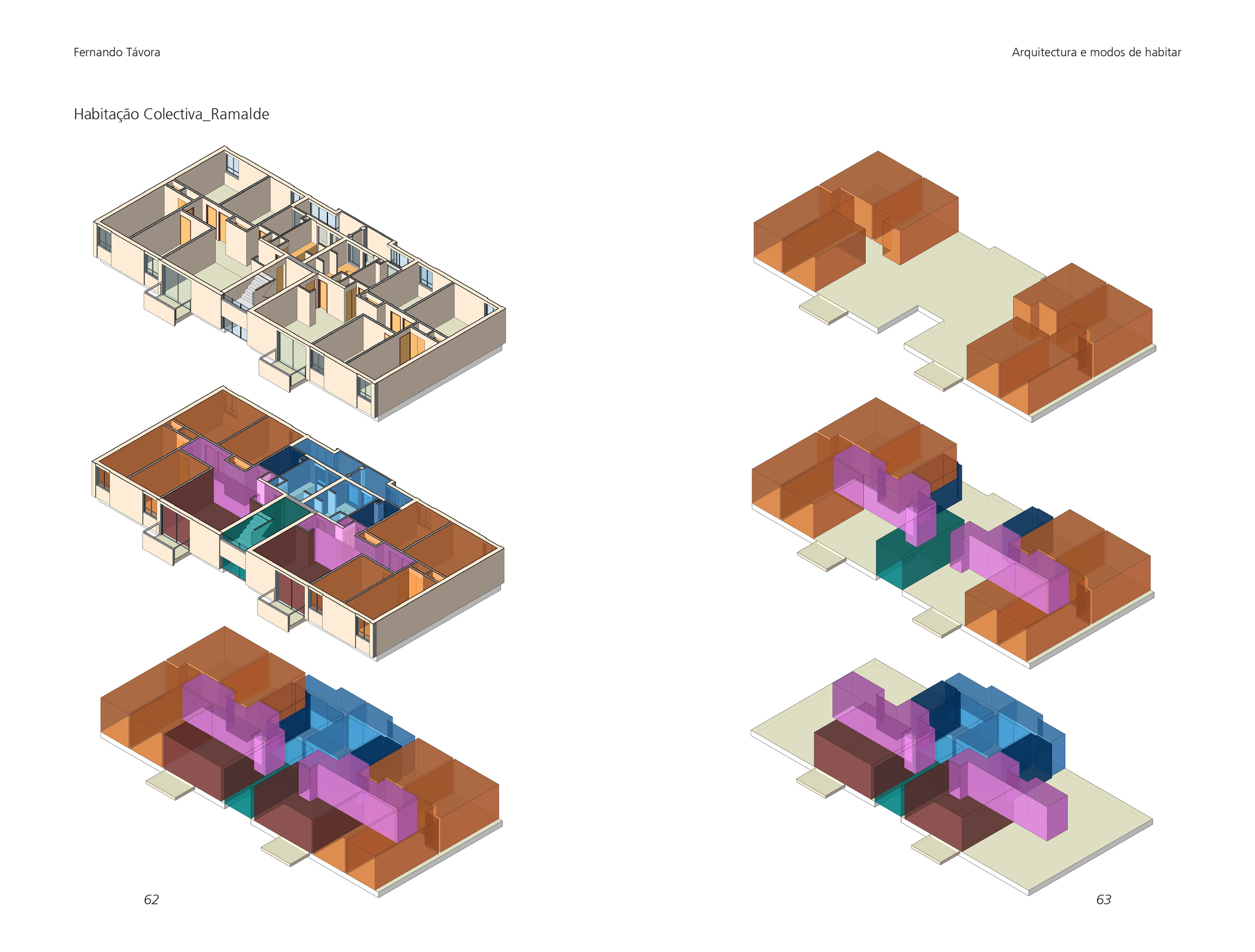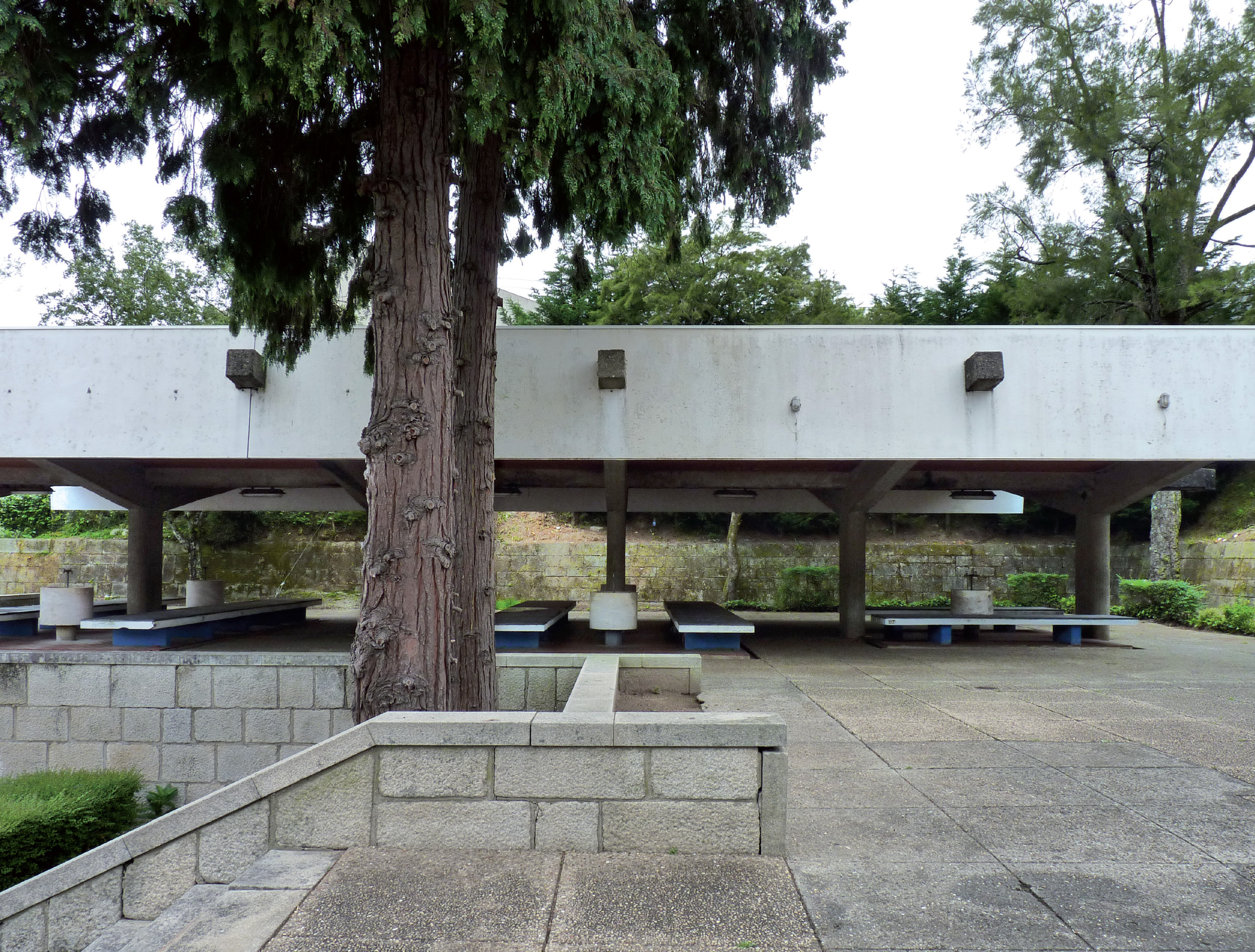ISBN
978-989-99346-0-3
Edition
CIAMH, FAUP
Year
2017
Number of pages
110
Dimension
14,5x22cm

ISBN
978-989-99346-0-3
Edition
CIAMH, FAUP
Year
2017
Number of pages
110
Dimension
14,5x22cm
“This is a collection of interviews by architect Nuno Lacerda Lopes. They are conversations between architects of the School of Oporto where the process of building an ideal of architecture, profession, society and school is sought, based on a personal and open reflection and even clarify the theoretical and practical concerns as well as the circumstances that underlie Portuguese architecture today”.
Excerpt
“Good morning, architect Fernando Távora. I would like to start by thanking you for spending this precious time of your life for this interview. I think that, given the work that you have and with everything that you have already done throughout your life, you dispense with any presentation. So I would go straight to our subject and start by asking you, what was your education and how was your evolution process as an architect, throughout this very busy and successful career?
Well, I can’t say I’m at the end of my life, because people get very sad when I say that (which is a sign that they are my friends). But there is no doubt that lately I have been thinking very precisely about my education.
When I wanted to be an architect, my father thought it was worse than being a bricklayer. Because he had an engineer son, who was considered to be the best in architecture and engineering. And that he was, by the way, an engineer and also an architect (although he didn’t practice as an architect). The truth is that my father had this notion that the architect is an old man, a man who makes some drawings, some things and such, but who doesn’t make a scientific application, just like the engineer does. The engineer in my house was a kind of revolution – Bernardo, my older brother.
That shook me a bit. And it shook me because I could enter the School [of Fine Arts] with the fifth year of high school. The course was not a college course, we entered with the fifth year. And, as a consequence, I said to my father: “I will do the following: I will do the sixth and the seventh, and then I will take the three subjects, for the three professions”, which were: civil engineer, architect and also another profession which was the military life. The truth is that at the time I did the three chairs plus the two years of high school and earned a lot. And I went to school.
One thing that matters in my education is the pre-education. For example, that problem you raised earlier (before the interview) about Raúl Lino: my father was a great admirer of Raúl Lino. He was a very nationalistic man and thought that Raúl Lino fulfilled the Portuguese dream of architecture. He made a so-called Portuguese architecture. And so, Raúl Lino was a dream of my father. I remember that my brother Bernardo, as an engineer, did a work, a project for Architecture (a subject that he had in the Faculty of Engineering). He made a house over the Douro that was inspired by a work of Raúl Lino. He had a book of Raúl Lino, which had been given by my father. He had told him: “for my dear son Bernardo, that he always follows the great master”. Therefore, there was this mental concern of the “Portuguese house”





